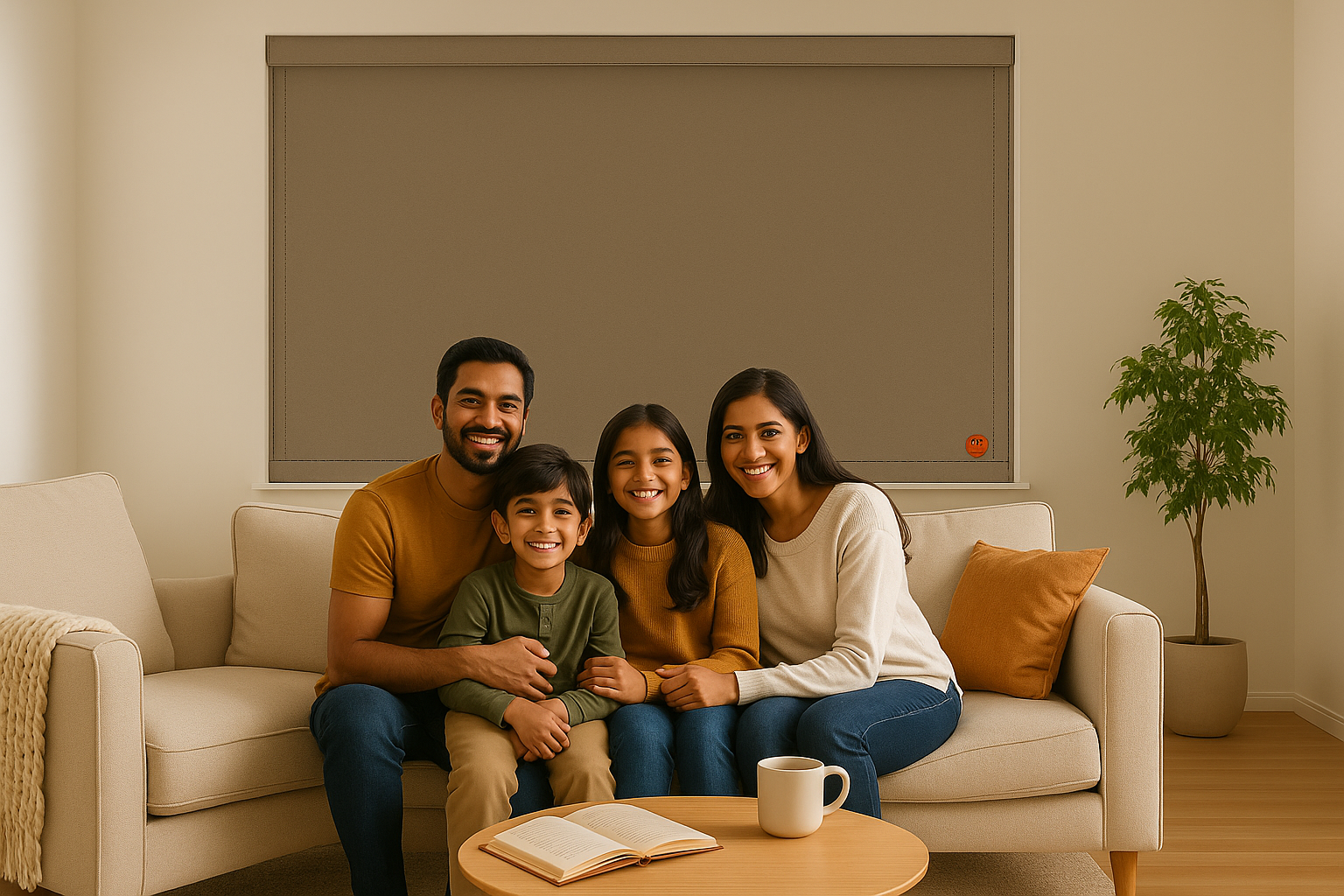TITLE: HOW TO REDUCE OUTSIDE NOISE COMING INSIDE ?
In today's bustling world, finding moments of peace and quiet within our homes has become increasingly challenging. External noises from traffic, construction, and neighbors can intrude upon our sanctuaries, disrupting our rest and relaxation. Fortunately, there are strategies and solutions available to help minimize outside noise and create tranquil indoor environments. In this blog, we'll explore effective techniques to reduce outside noise coming inside, allowing you to enjoy a more peaceful and serene home.
Understanding the Impact of Outside Noise
Before delving into solutions, it's essential to understand the impact that outside noise can have on our daily lives. Excessive noise can disrupt sleep patterns, increase stress levels, and negatively affect overall well-being. By addressing outside noise infiltration, we can create healthier and more harmonious living spaces conducive to relaxation and rejuvenation.
Effective Strategies to Reduce Outside Noise Coming Inside
-
Seal Gaps and Cracks: One of the most effective ways to minimize outside noise infiltration is by sealing gaps and cracks around windows, doors, and other openings. Weatherstripping, caulking, and sealing gaps with acoustic sealant can significantly reduce the amount of noise entering your home.
-
Upgrade Windows and Doors: Older windows and doors may not provide adequate insulation against outside noise. Consider upgrading to double or triple-pane windows with laminated glass, which offer better soundproofing properties. Similarly, opt for solid-core doors with weatherstripping to create a barrier against external noise.
-
Install Soundproof Curtains or Blinds: Soundproof curtains or blinds are specially designed to absorb and block outside noise. These curtains feature thick, dense fabrics and additional sound-absorbing materials to minimize sound transmission through windows. Installing soundproof curtains or blinds in bedrooms, living rooms, and other noise-sensitive areas can significantly reduce outside noise intrusion.
-
Use Soundproofing Materials: Incorporating soundproofing materials such as acoustic foam panels, fiberglass insulation, or Mass Loaded Vinyl (MLV) into your home's construction or renovation can help absorb and dampen outside noise. These materials can be installed in walls, ceilings, and floors to create a quieter indoor environment.
-
Add Landscaping Features: Strategic landscaping can also help reduce outside noise infiltration into your home. Planting dense shrubs, trees, or hedges along property boundaries can act as a natural barrier, absorbing and deflecting sound waves before they reach your home's interior.
-
Create Buffer Zones: Designating buffer zones within your home can help minimize the impact of outside noise on living areas. For example, placing bedrooms and relaxation spaces away from noisy streets or neighbors' properties can help create quieter, more peaceful retreats.
Some Solutions to Reduce Outside Noise Intrusion
-
Identify Sources of Noise: The first step in reducing outside noise is to identify the sources contributing to the problem. This may include traffic, airplanes, construction sites, neighbors, or other environmental factors. Understanding the primary sources of noise will help you determine the most appropriate solutions for addressing them.
-
Seal Gaps and Cracks: One of the simplest yet effective ways to reduce outside noise is to seal gaps and cracks in windows, doors, walls, and other openings. Weatherstripping, caulking, and sealing gaps with acoustic sealants can help minimize sound transmission and prevent noise from entering your space.
-
Install Soundproof Curtains: Soundproof curtains, also known as blackout curtains or noise-reducing curtains, offer an additional layer of insulation against outside noise. These curtains are specially designed to absorb and block sound waves, providing a barrier between your space and the noisy outdoor environment.
-
Upgrade Windows and Doors: Replacing old or single-pane windows and doors with double-pane or triple-pane options can significantly reduce outside noise infiltration. These windows and doors feature multiple layers of glass with air or gas-filled spaces in between, effectively dampening sound transmission and improving insulation.
-
Use Acoustic Panels: Acoustic panels, made from materials like foam, fabric, or wood, are designed to absorb sound waves and reduce reverberation within a space. Installing acoustic panels on walls, ceilings, or other surfaces can help absorb outside noise and improve the overall acoustics of your environment.
-
Create a Sound Barrier: Creating a physical barrier between your space and the source of outside noise can help minimize its impact. Planting trees, shrubs, or building a fence or sound barrier wall can help block and deflect sound waves, reducing noise levels and creating a quieter environment.
-
Implement White Noise or Sound Masking: White noise machines or sound masking systems emit a steady stream of background noise, effectively masking or covering up outside noises. These systems can help create a more consistent and soothing environment, reducing the perception of outside noise intrusion.
SHORT SUMUP
Reducing outside noise infiltration is essential for creating peaceful and harmonious indoor environments where we can relax, unwind, and recharge. By implementing effective strategies such as sealing gaps, upgrading windows and doors, installing soundproofing materials, and incorporating landscaping features, we can minimize outside noise coming inside and enjoy the serenity of our homes. Whether it's creating a quiet oasis for restful sleep or a tranquil retreat for focused work, these solutions can help us reclaim our spaces and find refuge from the hustle and bustle of the outside world.




